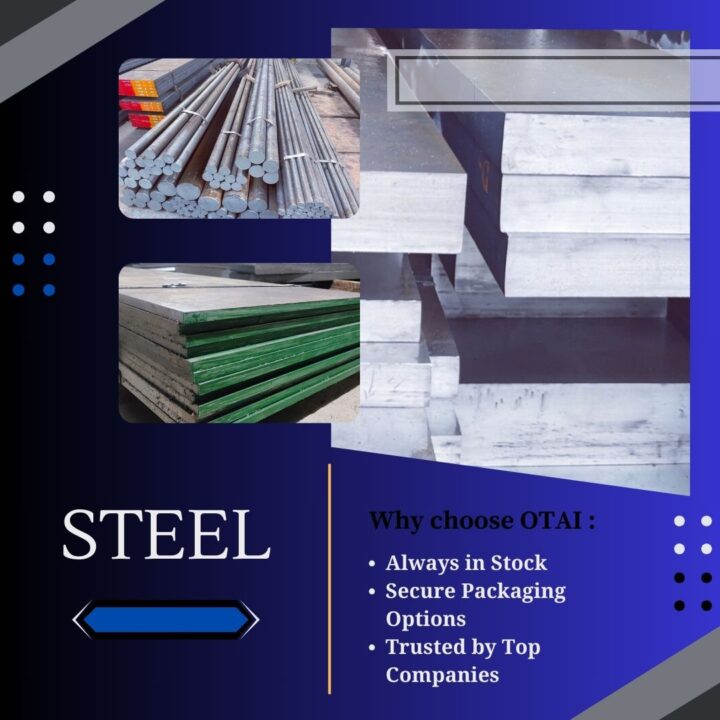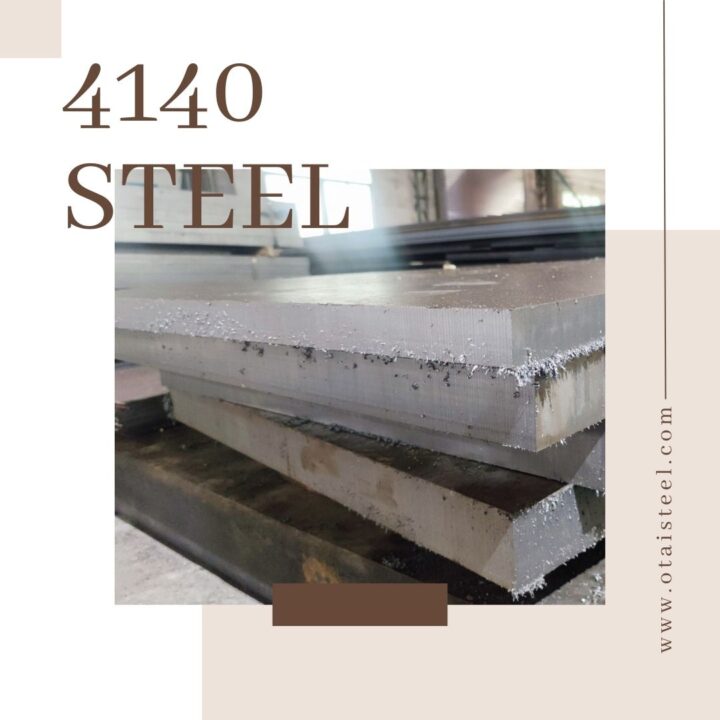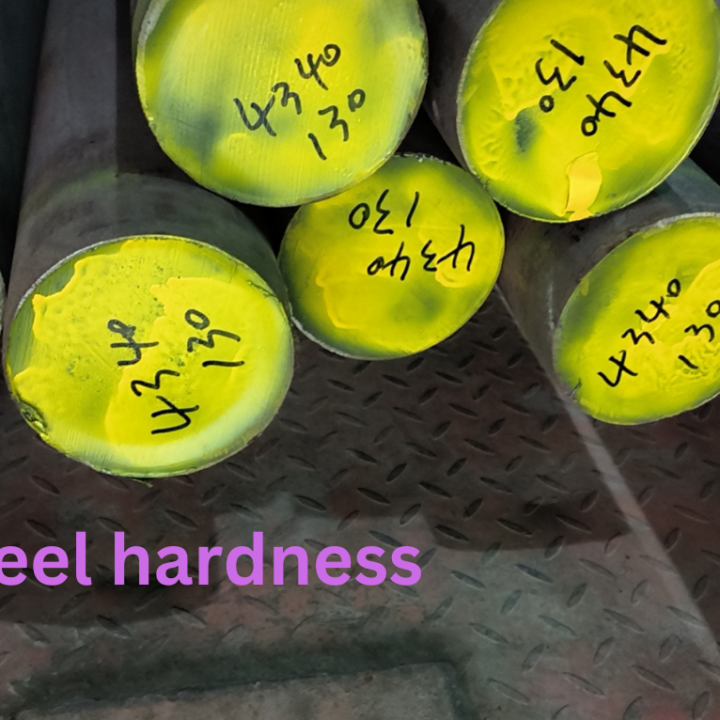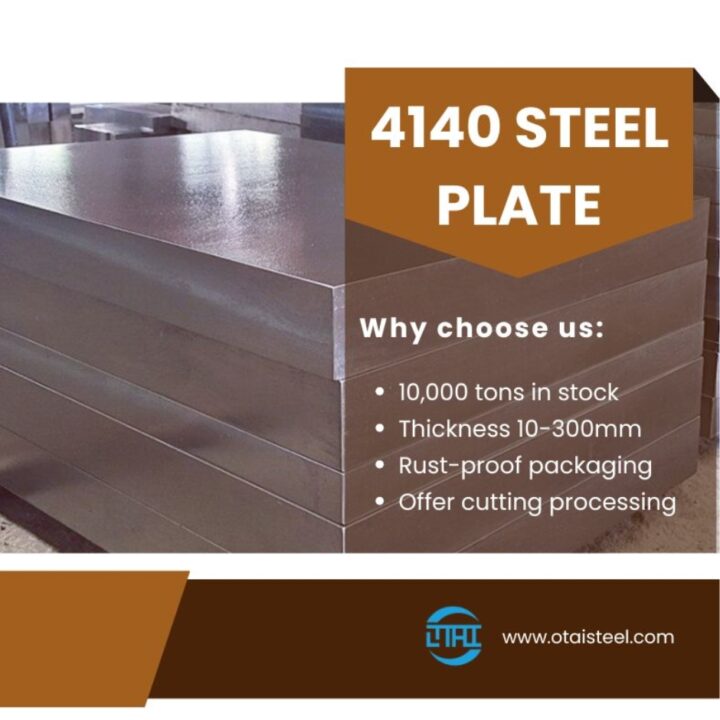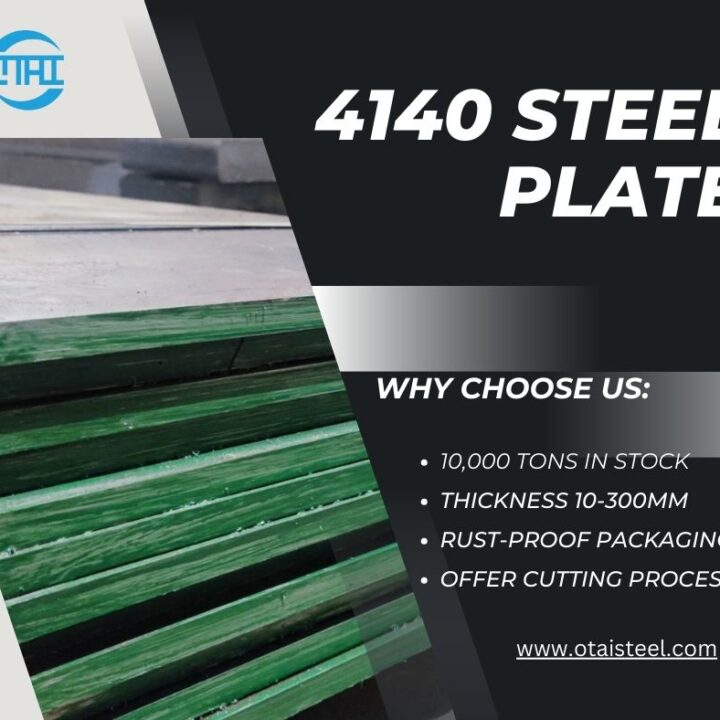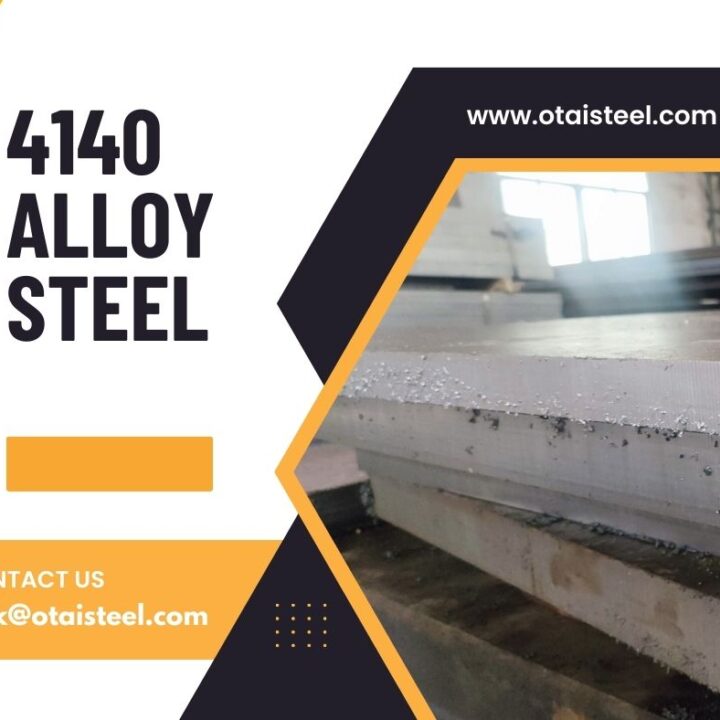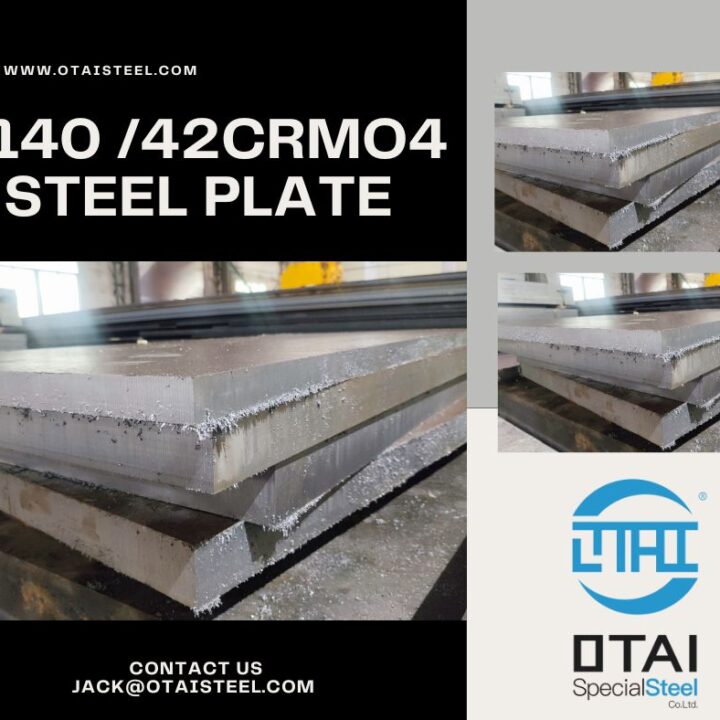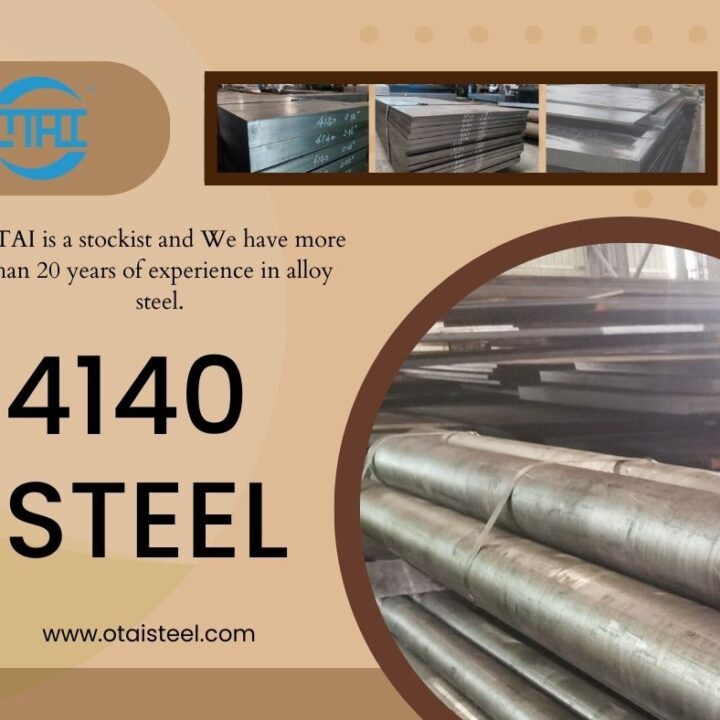Unlocking the Secrets of 18CrNiMo7-6 Hardness
18CrNiMo7-6 belongs to the nickel-chromium-molybdenum alloy steel family and is known for its high strength, toughness and wear resistance. The “18” in the name represents the chromium content, “Ni” represents nickel, “Mo” represents molybdenum, and “7-6” represents the carbon content range. This alloy is a versatile material that can be used in gears, shafts and a variety of mechanical components that are subject to high stress.
Uncovering the Hardness Spectrum
Hardness is an important material property that is a measure of a material’s ability to resist deformation, indentation, or penetration. For 18CrNiMo7-6, hardness is a key factor affecting its performance in different applications. Typically, hardness values are measured using the Rockwell C scale (HRC) or the Brinell hardness (HB) scale.
Heat treatment magic
The hardness of 18CrNiMo7-6 is not a static property; it can be customized through heat treatment. The quenching and tempering process plays a key role in determining the final hardness of the alloy. After this heat treatment, the hardness of 18CrNiMo7-6 is usually in the range of 248 to 302 HRC or 800 to 850 HB.
The role of chromium and nickel
Chromium and nickel are dynamic dyads in 18CrNiMo7-6 and contribute significantly to its hardness. Chromium increases hardness by forming carbides within the steel matrix, thereby improving wear resistance. Nickel, on the other hand, helps form a stable austenite structure during heat treatment, thereby affecting hardness and toughness.
molybdenum touch
Molybdenum, the silent hero of alloys, further improves hardness. It works synergistically with chromium to improve hardenability and ensure uniform distribution of carbides. This collaborative effort enhances the overall mechanical properties of 18CrNiMo7-6.
Real world applications
Understanding the hardness of 18CrNiMo7-6 is incomplete without exploring the practical applications of 18CrNiMo7-6. The alloy is a favorite in industries where components face extreme stress and wear, such as gears in automotive transmissions, crankshafts and heavy machinery components. Its ability to maintain stiffness in challenging conditions makes it a reliable choice.
Factors affecting hardness changes
Although the specified hardness range gives a general idea, several factors can affect the actual hardness observed in 18CrNiMo7-6. The size and shape of the material, variations in the heat treatment process, and testing conditions all come into play. Consideration of these factors is critical to ensuring that the alloy performs as expected in a specific application.
Achieving Optimal Hardness: Best Practices
Achieving optimal hardness is critical for industries that rely on the superior performance of 18CrNiMo7-6. Careful control of the heat treatment process, adhering to recommended guidelines, and working with an experienced metallurgist can ensure that the alloy performs optimally in terms of hardness and overall mechanical properties.
Explore alternatives and synonyms
Variety of languages is crucial to engaging content. When delving into the hardness of 18CrNiMo7-6, we may come across various terms that are synonymous with our main keyword. This includes phrases such as “alloy hardness,” “material toughness,” and “steel strength.” By strategically integrating these alternatives, we maintain a natural flow in exploration while satisfying different search queries.
